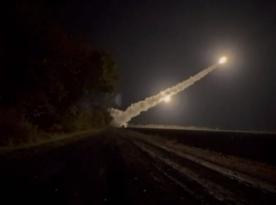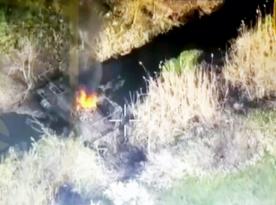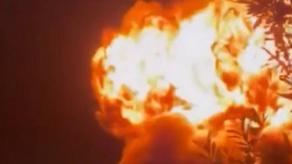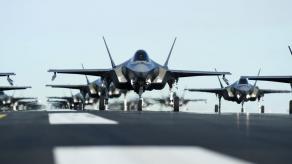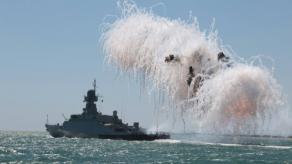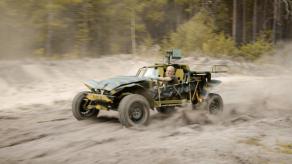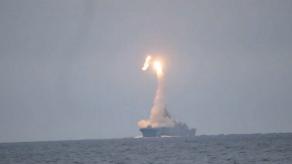Against the systematic lagging in military aid from international partners, lacking in weapons and ammunition, Ukrainian forces standing versus the russian invasion have nothing to do but entrench and repel wave after wave of russian military onslaught in heavily one-sided defensive battles, slowly reducing the enemy's capacity and will to advance. This kind of warfare calls for a layered system of defense lines, based on firmly fortified positions, prepared in advance.
During the "Ukraine. Year 2024" forum, the President of Ukraine Volodymyr Zelenskyi took the fortifications raised in the Kupyansk operational direction for "an example for other directions." At the same time, his words mean that in 2023, there was no sufficient effort made to create similar fortified areas along the other parts of the vast frontline, stretching for over 3,700 km, with intense battles occurring daily along over a 1,000 km line of contact.
Read more: Why russians Set Up Mega-Train Barricade in Eastern Ukraine
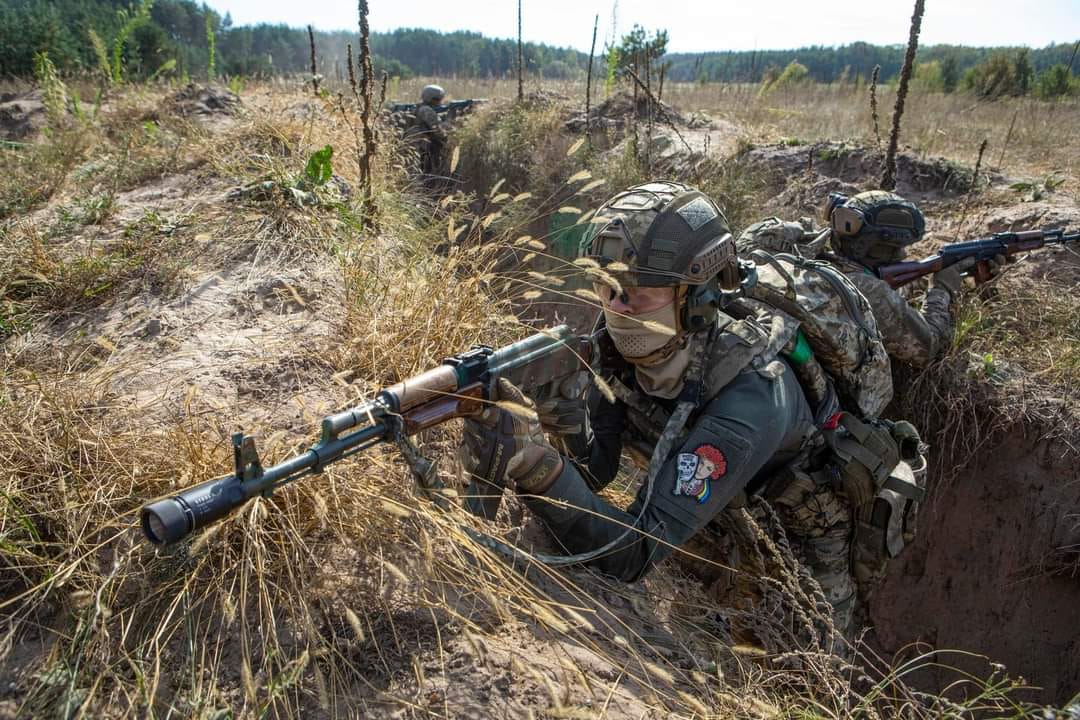
On the other side, we witness russians actively creating obstacles across the entire front, including improvised barricades like the immovable mega-train.
When it comes to such preparation works, time is the most valuable resource, and a lot of it has already been wasted. With modern battlefield brimming with camera drones, and satellite photos available to both sides, the russians have discovered this weakness and try to exploit it.
The problem, though, has roots much deeper: even prior to the initial russian invasion and annexation of Crimea in 2014, the Ukrainian Army was not ready to mobilize and raise defenses quickly. The engineering forces have been methodically dismantled by the ruling governments, leading to a situation when by 2005 only four regiments of engineering troops were left in the whole Armed Forces of Ukraine. Moreover, the special military engineering equipment was decommissioned and sold off — excavators, earthmoving machines, mine plows, heavy trucks, etc.
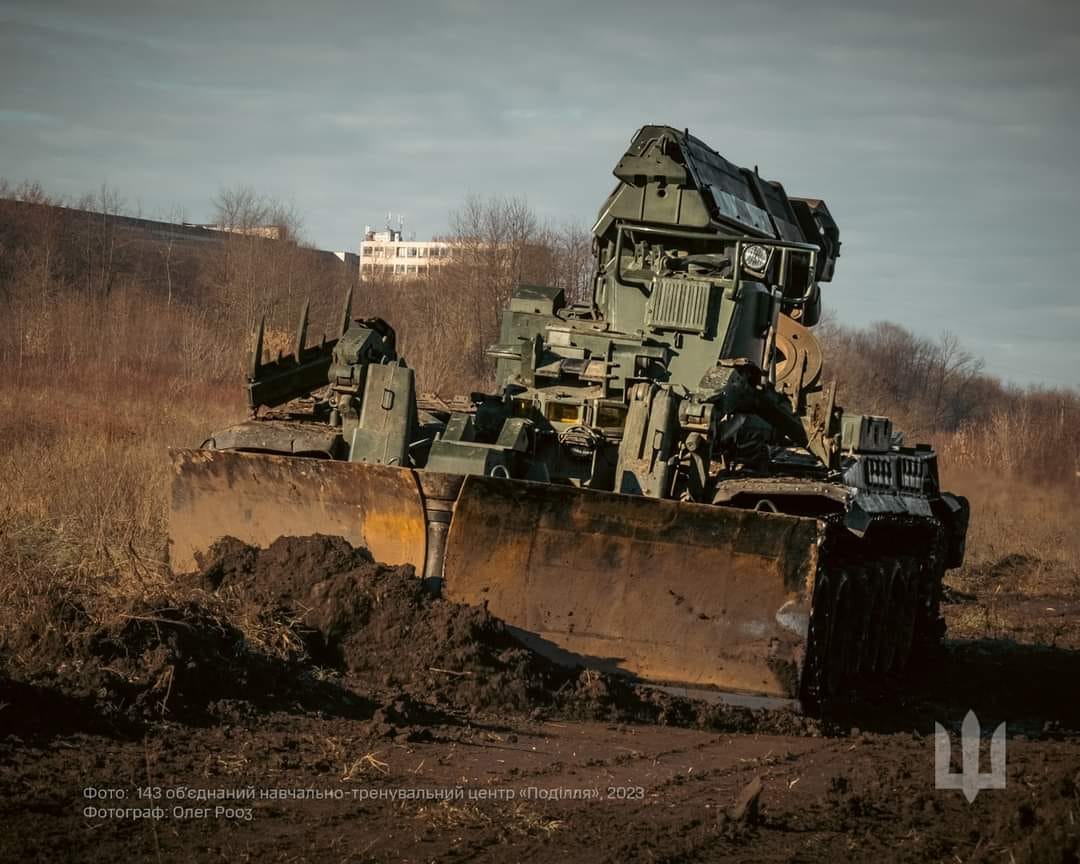
With such, or rather, completely without a powerful engineering component, Ukraine faced the russians in 2014, and despite the creation of new engineering units in 2015–2016, the issue was not really given much attention, until 2022. The doctrine of application of engineering troops was also left without updates, which is another and perhaps the main element of this complex problem.
Because as of today, the responsibility of creating defensive lines rests on the shoulders of commanders in charge of combat brigades.
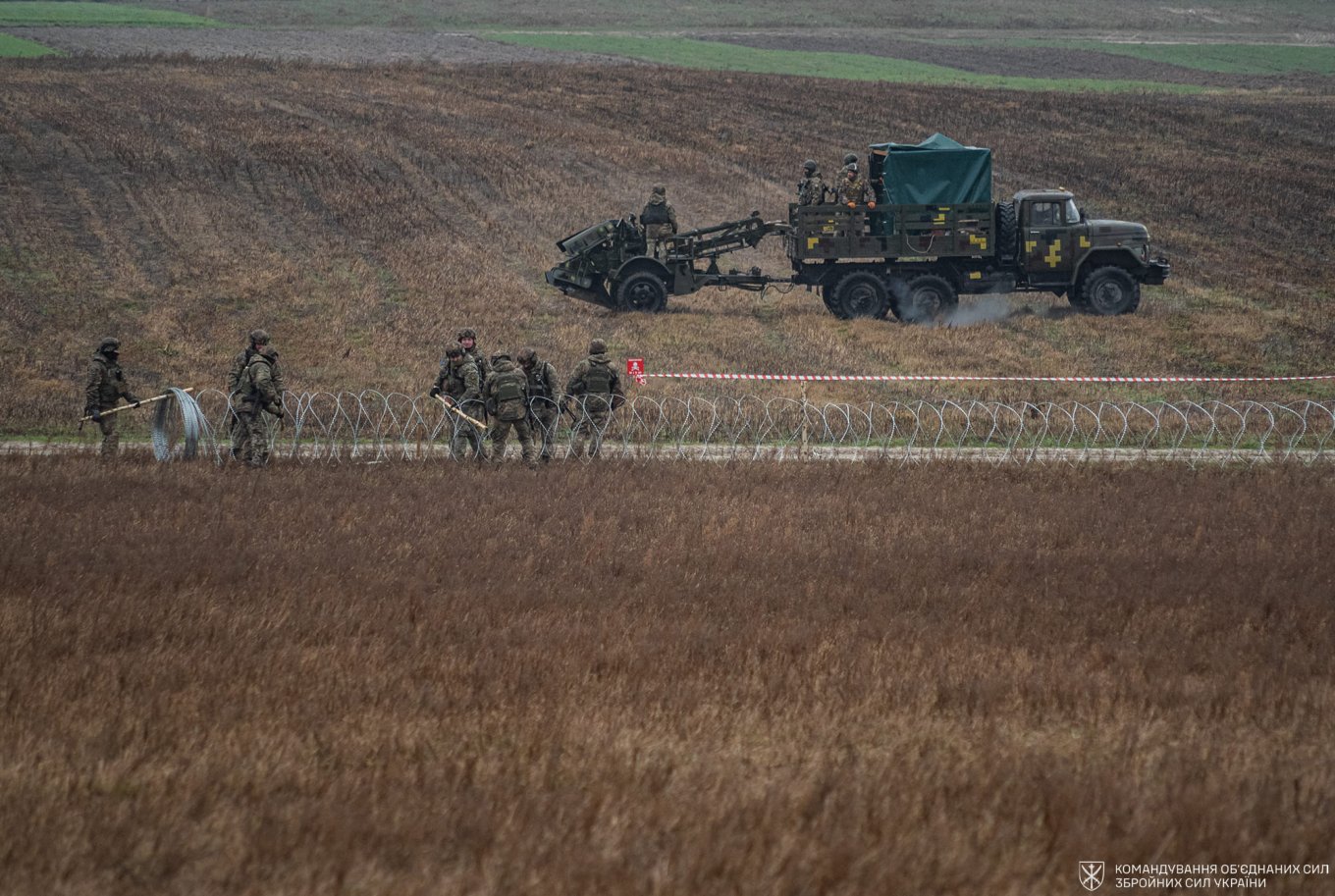
The scope and essence of the problem was described in detail by a serviceman from one of the engineering units of the Ukrainian Armed Forces, going by his call sign Corsair. Here is the original thread on X, below are several excerpts with main points.
He draws attention to the fact that, according to current directives, it is the infantry unit occupying a defense area that is the actual "customer" of a fortification. The infantry decides where it needs engineering squads and issues the assignment. This approach causes a situation, where each brigade makes its own line of defense making it difficult to maintain any integrity.
"When I arrive at the spot, I get neither a map nor a proper rationale. Usually, they say: 'You need to dig from the stump over here to the windbreak over there.' But it doesn't work that way. The defense must be integral. It must have depth, and the enemy must not be able to go around it. But the infantry engineers just don't know how to plan and I have to do it myself or simply dig where I'm told to, because your job is to shut up and do the work," Corsair wrote.
Read more: "Fortifications Are Good But Defense Also Needs Drones, Artillery and Minefields, as Ukraine's Example Shows"
It is also granted that strong defense is about reinforced concrete structures. However, initiating such construction is a decision to be made at the high level of the Operational-Strategic Group of forces (OSUV). Conversely, the use of wood can be greenlighted at the lower level of the Operational-Tactical Group (OTU). In both cases, the supreme command must provide the equipment and materials, but only after a submission from the brigade.
"Wood is provided by the engineering service of OTU, concrete and equipment by OSUV. Wood must cover the second line of defense, concrete covers the third one. Why there's no such thing in reality, once again, the brigades have no willpower to insist on that, and the OTU has no money, since the shady dealings are a whole separate topic," he noted.

Furthermore, the military does not have any equipment to create concrete structures at all, this is common for armies in many countries, including NATO, because working with concrete materials is a full-fledged construction and it is carried out by civilian companies under special contracts. And in general, such works are only possible on the third line of defense, where the enemy cannot reach yet.
That third line is drawn by the specific brigade in charge of the area, and it must be accounted that the "statutory" depth of a brigade's defense is 6–12 km, with all the associated difficulties. As a result:
"Once again, where does this third line of defense have to be made? None of the brigades in the east has submitted their project."

Meanwhile, russia sent private construction companies in to create defense lines, they built ready-made concrete shelters and dug foxholes, trenches and ditches in accordance with a single master plan. The Kremlin has the money to fill any unfilled gap with rubles and apply the apparatus of coercion, and therefore solved this problem.
Thus, one must admit that in anticipation of a successful Ukrainian counteroffensive, precious time was wasted. The situation and scale of problem may differ along the frontline, somewhere better, somewhere worse, somewhere the Ukrainians had more time to acknowledge and prepare, somewhere they had not, somewhere simply wasted.
But in order to start improving the situation now, it is imperative to develop a comprehensive unified plan for strategic defense with allocation of sufficient strategic resources.
Read more: Ukrainian Partisans Found russian Production of Dragon`s Teeth in Occupied Crimea






